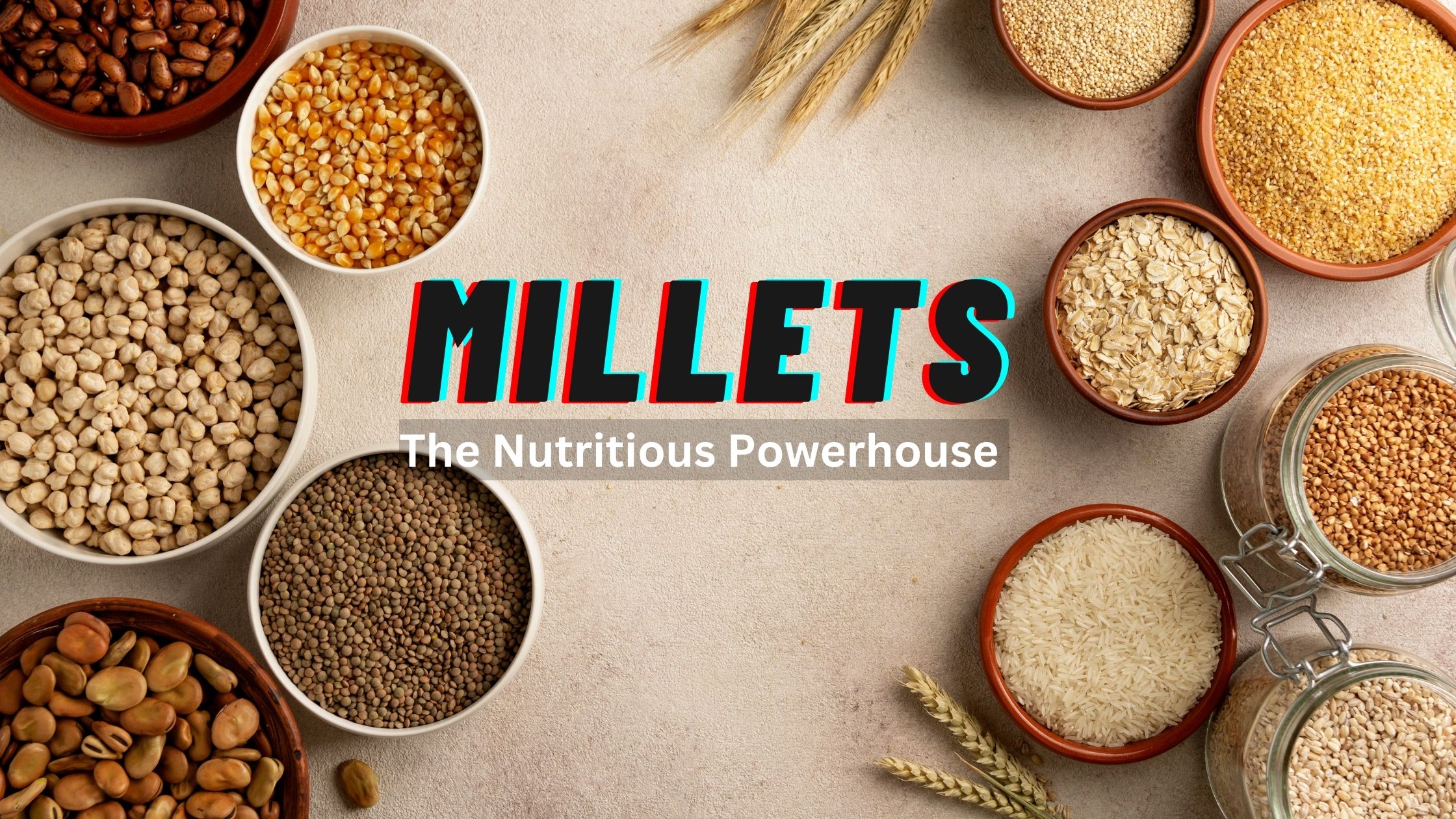The Nutritious Powerhouse and How to Incorporate Them into Your Diet
Introduction
Millets, a group of small-seeded, nutrient-dense grains, have been cultivated for thousands of years as a staple food in many parts of the world, particularly Asia and Africa. In recent years, millets have gained popularity in Western countries for their numerous health benefits and gluten-free nature. In this blog post, we will explore the benefits of millets and provide tips on incorporating them into your daily diet for a healthier lifestyle.
The Nutritional Profile of Millets
Millets are rich in essential nutrients, including vitamins, minerals, and dietary fiber. They are an excellent source of:
1. B vitamins, such as thiamine, riboflavin, niacin, and folic acid, which are vital for energy production, brain function, and overall health.
2. Minerals like magnesium, phosphorus, potassium, and iron, which play crucial roles in maintaining strong bones, regulating blood pressure, and supporting immune function.
3. Dietary fiber, which aids digestion, maintains healthy gut bacteria, and helps control blood sugar and cholesterol levels.
4. Protein, providing essential amino acids for muscle growth and repair.
Health Benefits of Millets
1. Supports weight loss: Millets are low in calories and high in dietary fiber, making them an ideal choice for weight loss. Their high fiber content promotes a feeling of fullness, helping to control appetite and reduce calorie intake.
2. Promotes healthy digestion: The high fiber content of millets aids in digestion by maintaining regular bowel movements, preventing constipation, and supporting the growth of healthy gut bacteria.
3. Helps control blood sugar levels: Millets have a low glycemic index, which means they cause a slower and steadier rise in blood sugar levels compared to refined grains. This makes them an excellent choice for people with diabetes or those looking to maintain healthy blood sugar levels.
4. Supports heart health: Millets are rich in magnesium, which helps regulate blood pressure and reduce the risk of heart disease. The dietary fiber in millets also helps lower cholesterol levels, further contributing to heart health.
5. Gluten-free: Millets are naturally gluten-free, making them an excellent choice for individuals with celiac disease or gluten intolerance.
Incorporating Millets into Your Diet Plan
Here are some tips on how to incorporate millets into your daily meals:
1. Replace refined grains: Swap out white rice, pasta, or bread with millets to add more nutrients and fiber to your meals. You can cook millets just like rice or quinoa, and they can be used in a variety of dishes, from stir-fries to salads.
2. Use in breakfast dishes: Millets make a nutritious and filling breakfast option. Try making a millet porridge by cooking millets with milk or a dairy-free alternative, and top with your favorite fruits, nuts, and seeds.
3. Create healthy snacks: Millets can be used to make healthy, energy-packed snacks like granola bars or energy balls. Mix cooked millets with nuts, dried fruits, and a natural sweetener, then shape into bars or balls for an on-the-go snack.
4. Bake with millet flour: Replace a portion of wheat flour with millet flour in your favorite baking recipes to boost their nutritional value. Millet flour works well in bread, pancakes, muffins, and cookies.
5. Experiment with different types of millets: There are several varieties of millets, such as pearl millet, foxtail millet, and finger millet, each with its unique flavor and texture. Try different types to discover your favorites and add variety to your meals.
Conclusion
Millets are a nutrient-rich, gluten-free grain with a multitude of health benefits, making them a valuable addition to any diet plan. Their high fiber content, low glycemic index, and heart-healthy properties contribute to overall well-being and can support weight loss efforts. By incorporating millets into your daily meals as a replacement for refined grains, in breakfast dishes, snacks, or baked goods, you can easily tap into their nutritional powerhouse and enjoy a healthier, more diverse diet. Give millets a try and discover the benefits of these ancient grains for yourself.


